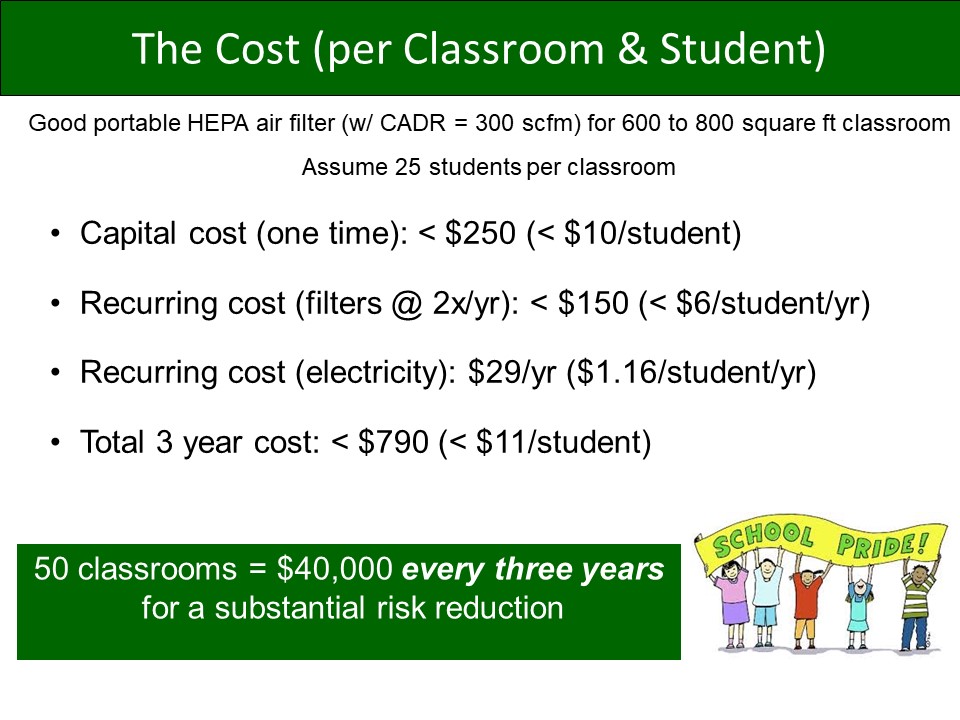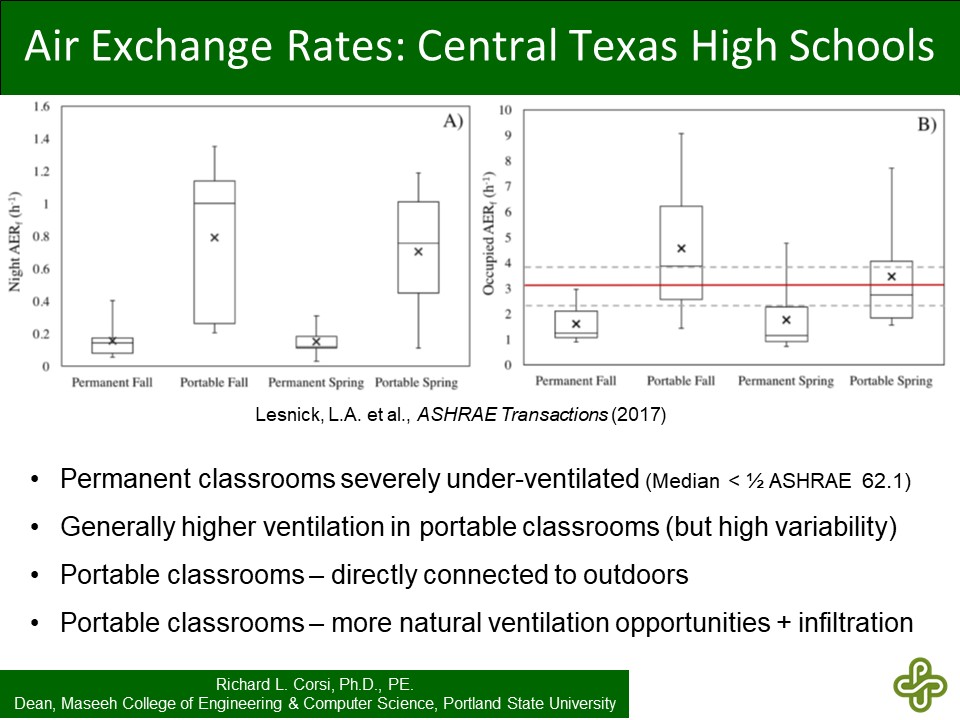
1/ Really enjoyed the National Conversation on Indoor Air and Schools during the Pandemic this morning and honored to have participated. Thanks to @polsiewski.
2/ One important outcome was general agreement that schools will continue to struggle to do the right thing to re-open until @CDC does a better job of guiding, particularly on making improved ventilation a prominent risk reduction step.
3/ Additional guidance on portable HEPA air cleaners and avoidance of ineffective technologies is also needed. A lot of great discussion and agreement by experts on a number of important issues that are missing from @CDC guidance.
4/ A lot of good "dos and don'ts" for layered risk reduction. Webinar was recorded & I encourage school officials to watch it when available. I will post a link at corsiaq.com in the same pull-down as my previous webinar on layered risk reduction in K-12 schools.
• • •
Missing some Tweet in this thread? You can try to
force a refresh




